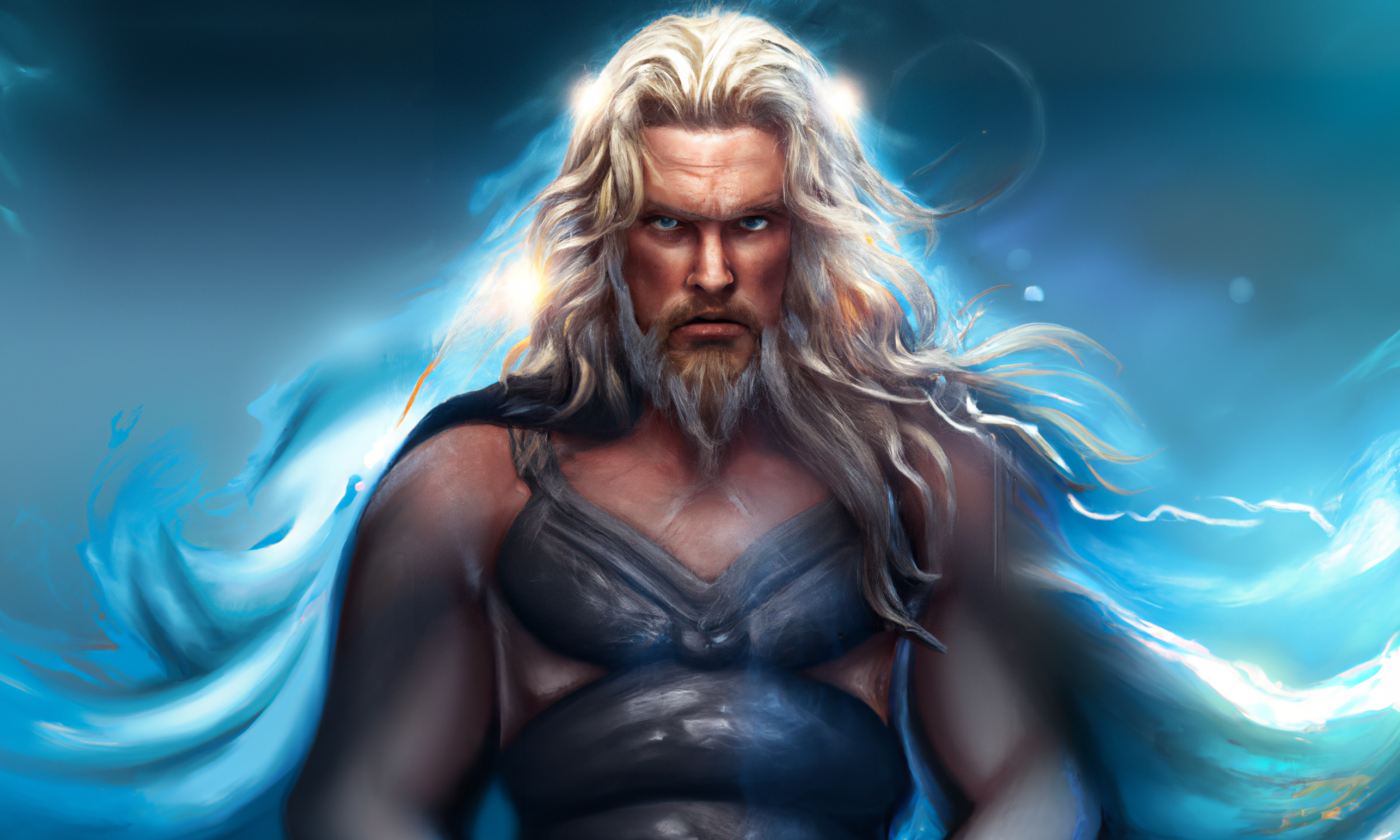SLEIPNIR
Sleipnir, the Eight-Legged Steed:
Sleipnir, a unique and fascinating horse, is primarily recognized as the eight-legged steed of the eminent god, Odin. In the intricate tapestry of Norse lore, Sleipnir was birthed through an unusual union between the shape-shifting trickster god, Loki, and the prodigious stallion, Svaðilfari, who belonged to the mythical race of giants. Sleipnir is extolled as the paramount example of equine strength and speed within all of creation, having abilities surpassing any known horse. He is credited with the extraordinary capability of traversing vast distances that span across the nine distinct realms that encompass the Norse cosmological universe. Sleipnir's notable and most frequently depicted role in Norse mythology is as the loyal mount of Odin, aiding the god in his cosmic expeditions. The legends narrate that Odin, mounted on Sleipnir, undertakes journeys across the universe, even venturing into the realm of the deceased where he oversees the souls of the departed. The octopedal design of Sleipnir, according to the myths, endows him with swift mobility over diverse terrains, allowing him to gallop effortlessly over water surfaces and even glide through the open skies. The name 'Sleipnir' is thought to have been derived from the conflation of the Old Norse words "slei" and "pnir", which collectively signify 'slippery' or 'gliding'. This moniker is likely a nod towards Sleipnir's reputed speed and agility, allowing him to glide across terrains with unmatched grace. Furthermore, Sleipnir's eight legs may potentially contribute to his 'slippery' nature, aiding in his movements with unparalleled ease and dexterity.
Within the extensive canon of Norse mythology, Sleipnir's mention is found in several poems and sagas, often highlighting his integral role as Odin's steadfast steed. One of the most illustrious references to Sleipnir can be found in the Prose Edda, a comprehensive compilation of ancient Norse stories and poems, assembled in the 13th century by the Icelandic scholar, Snorri Sturluson. In this text, the tale unfolds where Loki, the god known for his tricks and deceit, shape-shifts into a mare and mates with the giant stallion Svaðilfari, leading to Sleipnir's birth. This origin story underscores Sleipnir's unique lineage, linking him to both the gods and the giants, and highlights his somewhat magical birth. Apart from his predominant role as Odin's mount, Sleipnir is also featured in the narrative of the giant builder hired by the gods to construct a fortified wall around Asgard. The narrative reveals that the builder seeks the sun, the moon, and the goddess Freyja as remuneration for his work. In response, Loki promises to accomplish the task within a shorter timeframe with the assistance of his swift horse, Sleipnir.
To summarize, Sleipnir, the legendary eight-legged horse, stands out as an important character, particularly known as Odin's trusted steed. The meaning of his name, 'slippery' or 'gliding,' reflects the astonishing speed and agility attributed to him, signifying a horse capable of effortless travel across all types of terrain, encompassing water and air. Sleipnir's intriguing origin story, emerging from the unlikely union of Loki and a giant stallion, underlines his extraordinary and somewhat magical existence. Although Sleipnir might be considered a minor character within Norse mythology, he embodies crucial qualities like strength, speed, and the ability to cover vast distances with remarkable ease. His association with Odin, the principal deity of the Norse pantheon, accentuates his crucial role as a reliable and formidable aide to the gods. Beyond his physical prowess, Sleipnir's character also showcases loyalty and endurance, qualities that are highly valued in many cultural narratives. Despite the intricate complexity and multitude of characters within Norse mythology, Sleipnir's image remains a lasting and iconic symbol, illustrating a distinctive blend of supernatural strength, unmatched speed, and faithful service. In essence, Sleipnir, even as a minor character, leaves a significant imprint on the rich and diverse canvas of Norse mythology, serving as a potent symbol of resilience, service, and the intermingling of the natural and supernatural realms.
Other Readings:





